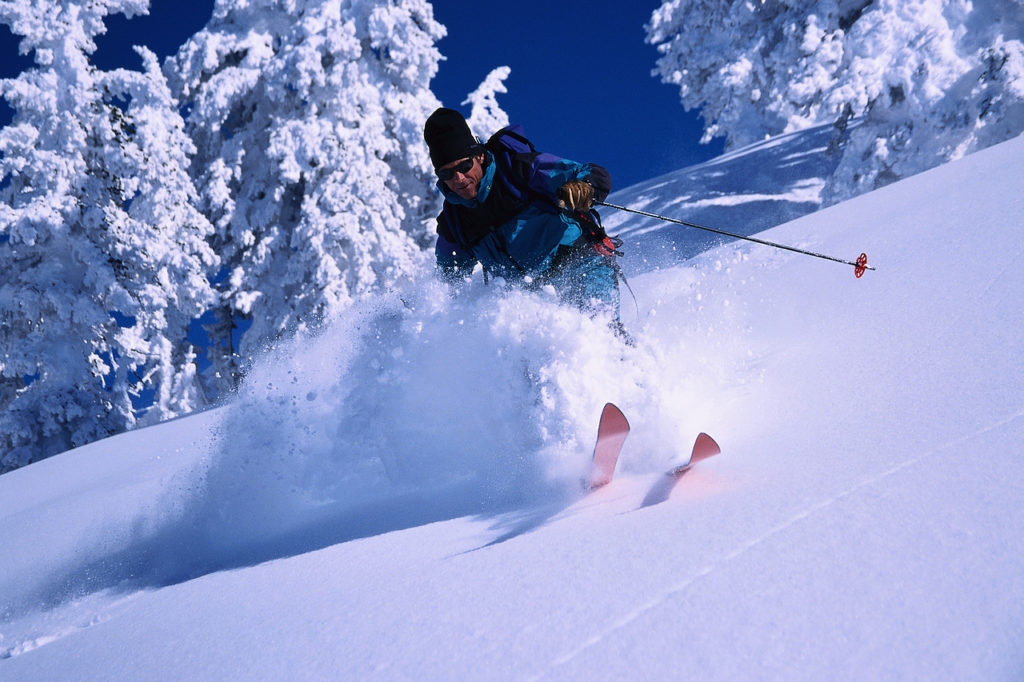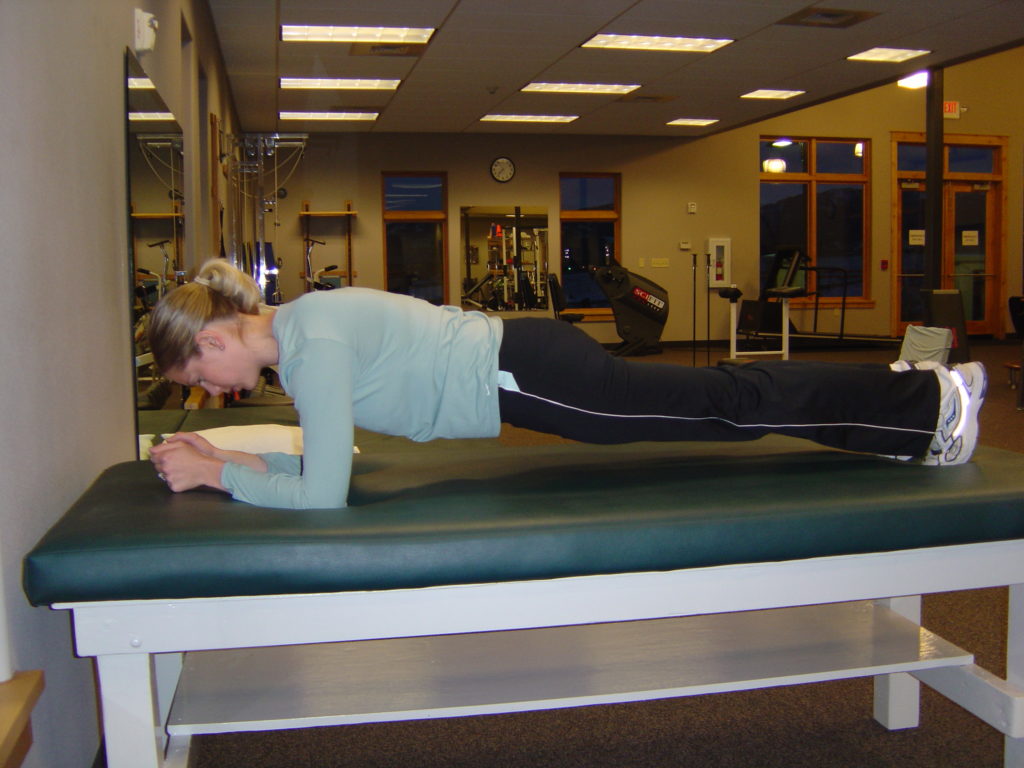
Ski and snowboard season is almost here! You can smell and feel the soft, fluffy powder on the way! Are you ready? Whether you are gearing up for your first Montana ski/board season or you have already purchased your 27th consecutive season pass at Bridger Bowl or maybe you are coming off a season ending injury, your 2019-20 ski season will be much more enjoyable and successful with some pre-season sport specific training.
As the weather starts to cool, most of us are transitioning from our summer sports of golf, tennis, soccer, and hiking into cross-country skiing, alpine skiing, and snowboarding. This requires our bodies to adapt to a whole new set of physical demands. Without adequate and specific training, we are setting ourselves up for all kinds of injuries that could make for a frustrating winter sports season.

Numerous research articles over the past 15+ years support training programs designed to improve lower body and core strength and stability through sport specific training in order to reduce the risk of leg injuries. This holds true for alpine skiing, snowboarding, and cross-country skiing.
All athletes will benefit from proper training techniques. Specifically this means incorporation of a dynamic warm up, pre-season & in-season training, and post-exercise cool-down & stretching. Also, research abounds showing the benefits of wearing a helmet to protect your head, staying hydrated throughout sports activities, and well fit and maintained equipment.
Dynamic warm-up – Before you strap in to your boards, be sure to spend some time increasing the blood flow and extensibility (ie flexibility) of your back, abs, hips, and legs by making those muscle work through a sport specific range of motion. Suggestions are: squats, high knee marching, butt-kickers, grape-vine jogging, lunges, and shoulder circles & rolls.
Exercises – Try these dry land exercises 3-4x/week to really work to improve the strength and stability of your back, hips, and legs:
Single leg squats – start by standing on a stair facing the railing/wall. With all of your weight on one leg, slowly bend that knee and gently touch opposite heel to the floor below, then return to full upright/straight legged position. Repeat for 3 sets of 10 repetitions. Make this more difficult by adding weight or height to the stair.
Single leg straight leg dead lifts – start by standing on one leg with knee slightly bent and a ~5# weight in opposite hand. Bending from the waist, slowly lower the weight down to your foot while keeping the stance leg slightly bent, maintaining excellent core stability and a straight back, and then slowly return to starting position. Repeat for 3 sets of 10 repetitions. Add weight or cushion under stance foot to increase intensity.
Plyometrics – Vertical, broad, and left-to-right jumping with specific focus on good knee alignment, reduced ground reaction forces, and control will greatly improve your power and stability while on the slopes or powering up the x-country course hill.
BOSU squats – Great for working on stability from your feet all the way up the chain. Stand on the flat surface with the round surface down. Be sure to be safe and get your balance first. Slowly bend the knees just like you would squat on flat ground but return to an upright position if you start to lose your balance. Repeat for 3 sets of 10 repetitions.
Planks – Lay face down with your forearms on the ground; rise up so that just your forearms and toes are touching the ground forming a ‘plank’ from head to heels. Hold this position for 30 seconds. Repeat for 3 sets of 30 seconds.

Stretching – Strongly supported in research, stretching after exercise helps reduce injuries in future athletic endeavors. 30 seconds of stretching out your lower back, quadriceps, hamstrings, etc. can really help to reduce muscle and joint soreness after the drive home.
Cross-training: One last point to make is the added benefit of utilizing other exercise activities to make you a better skier. Yoga, Pilates, rowing, spinning, tai chi, kick-boxing, etc.; most forms of exercise will help to round you out as an athlete, help keep you strong, and avoid over-use injuries.
Good luck this season and enjoy the best powder in the world!

John-Henry Anderson, PT, DPT, SCS, CSCS
Board Certified Sports Clinical Specialist
Certified Strength & Conditioning Specialist
APRS Physical Therapy
Bozeman, MT
406.404.1897









